"Five Sense-ible Ways To Improve Your Writing," by Shelley K. Wall
Want to immerse your readers deeper into your book? Need to keep their attention to the very last word? Here are five steps you should always take before submitting a manuscript to a publisher–or if you self-pub, do it before you even think about publishing. Even if you have someone editing your work, use these five simple ways to activate your writing:
Wait until you’re finished–or stop at some point in the middle–doesn’t matter.
Step 1. Peruse your manuscript for the word “said” (or any dialogue tag) and get rid of as much as possible. Do NOT substitute words like yelled, screamed, spoke, whispered, etc. either. If you want someone to be totally immersed in your words, you should describe the actions and provide the words. It’s not necessary to add a dialogue tag. That will just pull the person out of the head of the character and make them a spectator.
Example:
One of my characters is explaining a past relationship to another character in this particular situation. It’s a very simple conversation. First, I’ll give the wrong way to tell it, then an example of better.
Wrong:
Caroline rolled her eyes and said, ““I already explained—ancient history. There’s nothing to tell. We knew each other in college, that’s all. I left—he took a fancy job and started his career.”
Better:
Caroline rolled her eyes, “I already explained—ancient history. There’s nothing to tell. We knew each other in college, that’s all. I left—he took a fancy job and started his career.” She dropped a hand to her hip, whirled, and left before Abby could respond.
Using dialogue tags isn’t necessary if the person’s actions are described from the character’s point of view. The actions normally will punctuate the words and show the emotion.
Step 2. Now look for “sight words”. He saw/She saw. He observed/She observed, etc. Same thing here. It’s not necessary to say your character saw anything. Just describe what was seen. This is the difference between being in the character’s head and just being an audience. In fact, all of the steps are actually focused on getting deeper into the perspective or point of view that you’re telling from.
Example:
Wrong:
As Cassie sat in her car, she observed the red taillights in front of her. She waited for them to change color and signify
that traffic moved again. She realized she had forgotten to turn on the alarm before she rushed out.
that traffic moved again. She realized she had forgotten to turn on the alarm before she rushed out.
Better:
As Cassie sat in her car, waiting for the red taillights in front of her to change color and signify that traffic moved again, regret surged through her shoulders in a shudder. She had forgotten to turn on the alarm before she rushed out.
(Note this also cleaned up the statement “she realized”).
Step 3. Now search the entire document for “heard”. This is where you can have a lot of fun by describing the sound. The example below is pretty basic but you get the idea.
Example:
Wrong:
Jason stepped through the door and heard it click shut behind him. The sound of papers rustling broke the otherwise stifling silence.
Better:
Jason’s new shoes screeched against the tile as he entered her office. A lump formed in his throat. He waited for acknowledgement from the principal who ignored his entry. The door clanked closed against his back, shoving him further into the room. The rasping papers that she moved added to the stifling silence.
You could also go one better and change the last two sentences above as follows:
Clank. The door closed behind him, propelling him into the room. The rasping of the papers in her hand added to the stifling silence.
At this point, you probably know that I’m concentrating on the five senses and telling you to go deep into the mind of the person and describe those senses as they occur. Don’t just use the obvious words–that’s simply narrating the story.
Step 4. Now let’s get physical–touchy/feely. Look for words like touched and felt, using the same method of deepening the reader into the story . I usually search for “felt” and try to remove it as much as possible.
Example:
Wrong:
Abby felt nervous about seeing Carter for the first time since she’d sent the text. He would be upset, she knew.
Better:
Abby glanced out the window. The grey sky was dismal which just added to the somberness of the day. Coldness ran down her shoulders and she shivered. Why had she sent that stupid text message? It was a horrible thing to do. How could she possibly face him now?
Example 2:
Wrong:
Adam felt her fingers on his skin. They were soft, supple, and stroking. It was a warmth he needed.
Better:
The warmth of Jennifer’s fingers trickled down Adam’s back, soft, supple, and sparking a craving for more. The only human contact he had seen in years had left marks. He tensed, half-expecting the sting. It never came. He sighed and finally relaxed to bask in the gentleness of the moment.
Step 5. I’m going to combine two here because they are usually less prevalent than the others. AND in this one, you likely won’t replace existing words but actually just insert more into portions of your work. Look for your main scenes of conflict–the ones where the story makes a definitive swing in one direction or another. Read through them and look for opportunities to add smell and taste into the mix. If it’s a fight scene outside, make a quick note of the smells around them, or perhaps the taste of blood after a punch. If it’s a love scene–what does his/her skin smell like? or taste like?
Example (I’m not going to give a wrong way here–mainly because adding the scent of the person or the taste can be done so many ways):
This was taken from my upcoming book, Text Me:
Oh, hell, why not. He reached out and slid his fingers behind her head, wrapping the ponytail between his thumb and fingers. He yanked her close and dropped his mouth on the lips that had him tied in knots the minute she walked in. Holy Shit. She tasted like apples. And sin. Or maybe heaven.
The key point in all of these steps revolves around immersing your reader into the story AS IF they are the person that is experiencing the action and not just a bystander. If you make these five steps part of your normal editing process, you’ll be sure to strengthen the story.
None of these steps are substitutes for editing your grammar, spelling, etc. Make sure you do that as well.
Have a great day and Happy Writing!
---------------------------------
Shelley grew up near
Kansas City, graduated from Oklahoma State University, and took post graduate
courses from OSU and the University of Wyoming. She has traveled extensively,
lived internationally, and now calls Texas home.
She has worked for many years in Information Technology, as a Network Engineer, a Project Manager, Operations Director, and I.T. Director (Department Head). She holds several technical certifications and is proud to say she mastered many technologies few women ventured toward in her early years while working 24 hour days.
She's a member of Houston Literary Guild, Romance Writers of America, The Writer's Guild, and Sisters In Crime (SinC)--and several techie organizations that we won't mention. Her work is varied and has been compared to several big named authors. and artists as time allows though writing her latest book is normally the priority.
She has worked for many years in Information Technology, as a Network Engineer, a Project Manager, Operations Director, and I.T. Director (Department Head). She holds several technical certifications and is proud to say she mastered many technologies few women ventured toward in her early years while working 24 hour days.
She's a member of Houston Literary Guild, Romance Writers of America, The Writer's Guild, and Sisters In Crime (SinC)--and several techie organizations that we won't mention. Her work is varied and has been compared to several big named authors. and artists as time allows though writing her latest book is normally the priority.
twitter: @skwallbooks































































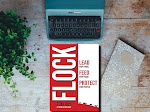















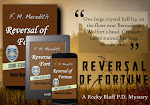









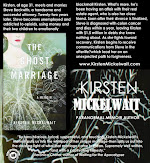






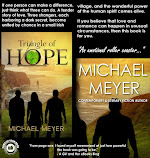
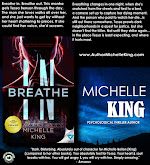
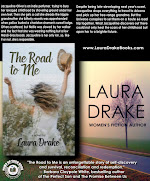


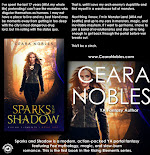
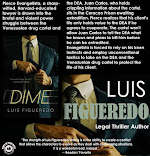




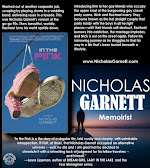


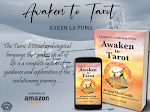





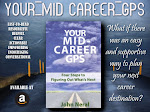
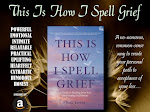
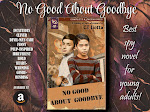


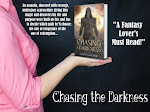






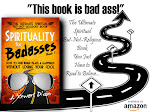




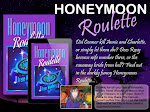
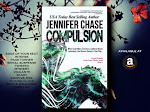
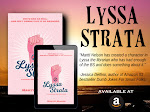















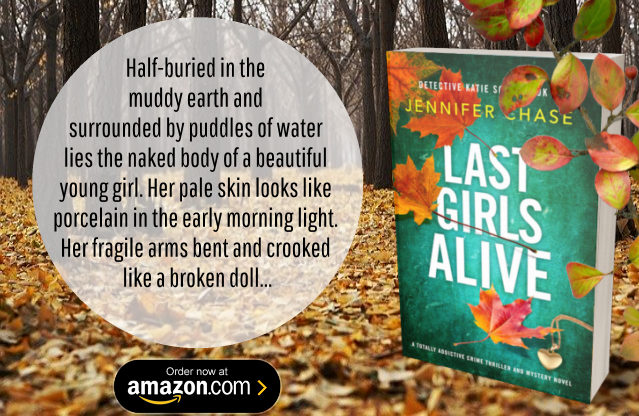
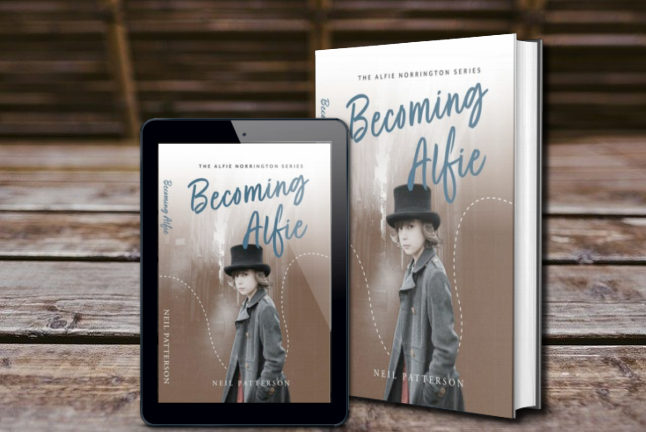


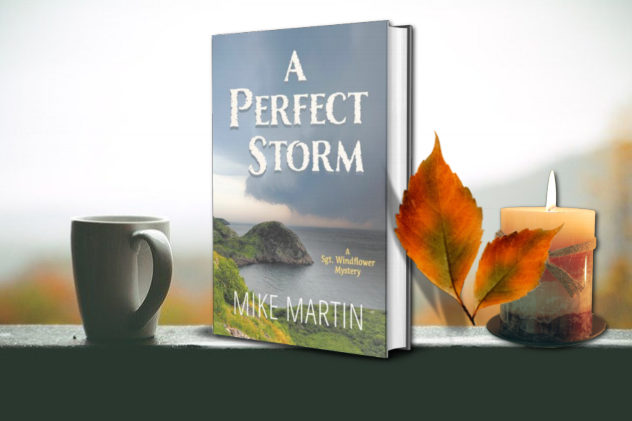
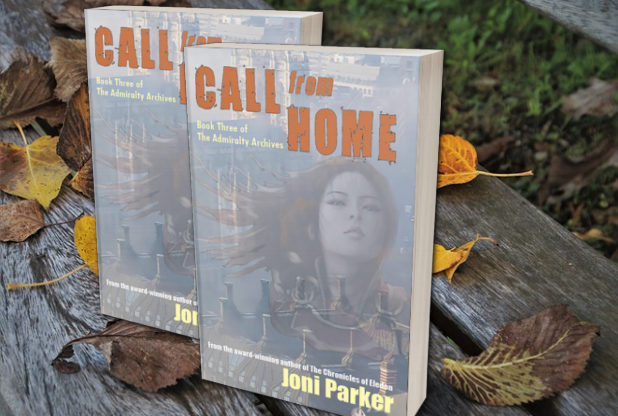



Leave a Comment